#andrew edlin gallery
Explore tagged Tumblr posts
Text










Recent art seen, ‘24
James Castle, Unaccompanied Conversations, Andrew Edlin Gallery
Henry Churchod, OH FORTUNA!, clearing gallery
Seth Becket, A Boy’s Head, Venus Over Manhattan
#winter24 archive#nyc art#james castle#henry churchod#seth becket#purposefully choosing not add the obnoxious spacing to clearing#andrew edlin gallery#clearing gallery#venus over manhattan
2 notes
·
View notes
Text
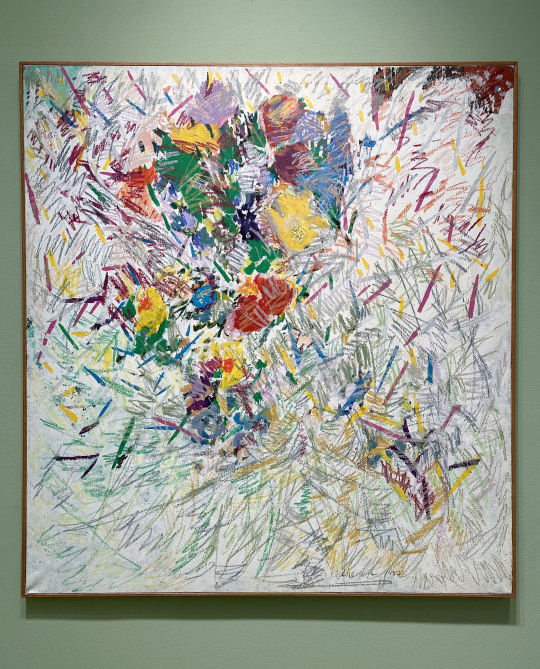
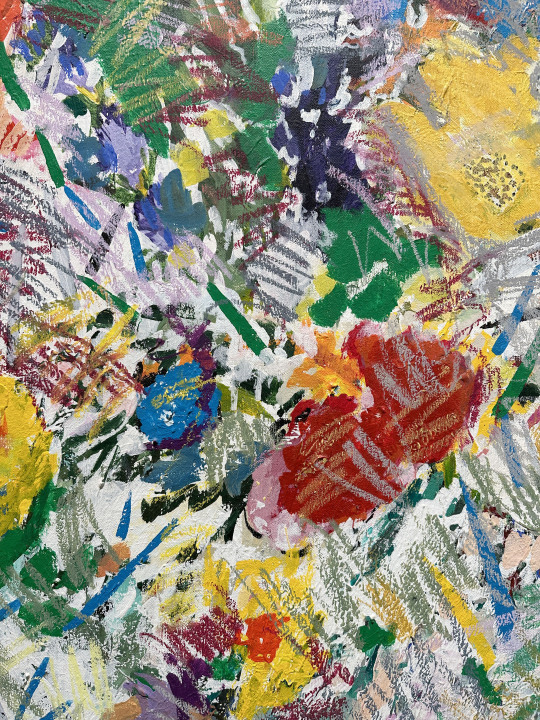

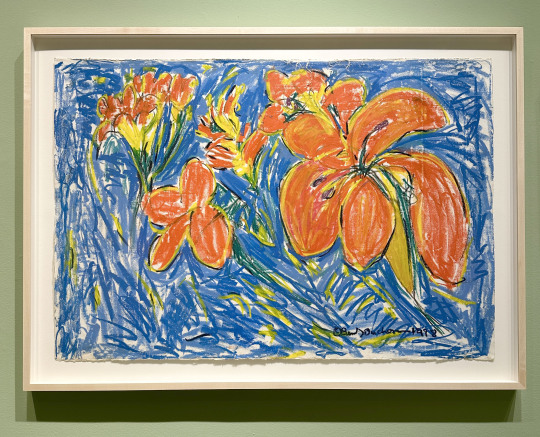
Andrew Edlin Gallery is currently showing a collection of rarely seen works by artist Beverly Buchanan. It covers her years as an abstract expressionist painter in NYC and her later work inspired by the rural South.
The gallery’s press release gives a really good history of this wonderful artist-
The first section of the show features the artist’s abstract paintings and works on paper from the 1970s, alongside post-minimalist sculpture from the late 1970s and early 1980s. The second section introduces a later, more personal side of Buchanan’s oeuvre, her colorful depictions of flowers and small folk-inspired assemblages created during the same period as her well-known “shacks.” A number of the works in the show, many of which were part of the artist’s private collection, have never been shown.
Though Buchanan wrote about her love of “making things” from an early age, it wasn’t until 1971, when she began taking evening classes taught by African-American painter Norman Lewis (1909-1979) at the Art Students League in New York, that her career as an artist took off. Abstract still-lifes that she made in Lewis’s class in 1972 are displayed here for the first time. That same year, her paintings were included in a group show at Cinque Gallery, a nonprofit space co-founded by Lewis and Romare Bearden (1911-1988), which showcased the art of emerging minority artists.
Having witnessed demolition sites in Harlem and SoHo, Buchanan evoked the visual erosion of architectural facades through what she dubbed her “Wall” paintings. In 1976 she presented a selection that she called “Torn Walls” in a two-person show titled City Walls at the Montclair Art Museum in New Jersey. In his New York Times review, David Shirey described the show as “indisputably a tinderbox of a display that will cause sparks to fly” and “the kind …one sees more regularly at the Whitney Museum and at some of New York’s avantgarde galleries.” Three of these paintings are being shown for the first time since that exhibition, forty-seven years ago. The show also includes a monotype, small studies, and a large painting from a series she titled “Black Walls.” The latter was originally featured in Shackworks, a seminal exhibition that opened at the Montclair Art Museum in 1994 and traveled to nine other institutions from 1994-1996.
By the late 1970s, Buchanan was further exploring the aesthetics of architectural decay through sculpture, i.e., cast concrete assemblages, made from pieces of stone, brick debris, clay, and cement mixtures. She arranged these works in clusters on the floor, documenting them with photographs, and exhibited them, notably at Truman Gallery in New York in 1978, and at the feminist artist cooperative A.I.R. Gallery in 1980 in its groundbreaking show Dialectics of Isolation, curated by Ana Mendieta. Some of the small black terracotta works on display may be considered as studies for these larger assemblages.
After moving to Georgia in 1977, Buchanan became increasingly interested in making what she referred to as “environmental sculpture,” artworks that mimicked exterior surfaces and were also site-specific installations that were allowed to decay over time and become part of the surroundings. Most notably, in 1979 she completed Ruins and Rituals (also the title of the Brooklyn Museum retrospective from 2016-2017), and in 1980 Marsh Ruins, with funding from a Guggenheim Fellowship. To construct the three mounds that comprise Marsh Ruins, Buchanan produced her own tabby cement. Composed of the lime from burned oyster shells mixed with sand, water, ash, and other shells, tabby is what colonial settlers used to build structures in coastal Georgia, the location of Marsh Ruins. In her zine “Making Tabby for Brick Sculptures,” Buchanan documented the labor-intensive process of making tabby, a task that in the eighteenth century was typically delegated to enslaved workers. Two smaller iterations of these structures, with bits of oyster shell showing in the concrete, are laid out in the show alongside four other examples of her cast concrete assemblages. Though little is known about their exhibition history, we do know that the artist placed these cast concrete works in her garden in Athens, Georgia. They retain stripes of the green, blue, black and earth-toned paint with which Buchanan initially covered them. The faint outline of her signature “B.B.” is also visible.
Buchanan’s later work is intimately linked to her natural surroundings and folk art. As a native Southerner, she drew on memories from her childhood as well as the lush Georgian landscape and yard art of local self-taught artists. A passionate gardener, Buchanan produced vivid oil pastel flower drawings and small assemblage works. She loved to rummage through thrift stores collecting marbles, wedding toppers, and beads, to create what she referred to as her “Christmas trees,” and “spirit jars,” her take on memory jugs, a prized Southern Folk Art form. Buchanan was particularly moved by a visit to folk artist Nellie Mae Rowe’s home in Fayette County, Georgia, and reminisced: “Being at Nellie Mae Rowe’s home was like being engulfed in a magic forest of her work because every surface had a mark from her hand and the simple chewing gum works made you never take gum as just chewing gum again.” A distinctive chewing gum jug and pin are also included in the show.
This exhibition closes 5/13/23.
#beverly buchanan#andrew edlin gallery#andrew edlin#nyc art shows#art#art shows#painting#drawing#sculpture#abstract expressionist#flower paintings#american folk art#american south
8 notes
·
View notes
Text










Esther Pearl Watson (born 1973 in Frankfurt, Germany; lives and works in Los Angeles), grew up in series of small towns outside of Dallas, Texas with her siblings, mother, and flying saucer-building father, Gene. Her father’s flying saucers and the nomadic aspects of her childhood inspire her “memory paintings,” which playfully narrate the experience of an economically precarious family living in rural America. Watson’s work highlights an absurd, persistent, and particularly American optimism that only seems to grow stronger in the face of failures of family, policy and the American Dream Watson’s paintings depict farmland and highways, oil rigs and pay day loan storefronts, playgrounds and parking lots each with a brief memory written in the corner of the painting to describe the scene. All the while, glittering flying saucers dot the sky and the children, usually pictured in something of a cheerful tumble, seem to be the ones narrating the text as if recollecting the facts years later.
Esther Pearl Watson has an MFA from CalArts. Her paintings have been exhibited worldwide including at the Amon Carter Museum of American Art. Her award-winning comic ”Unlovable” is published in Bust Magazine and with Fantagraphics.
9 notes
·
View notes
Text

Mr. Way’s “Green Door,” from around 2021.
Credit…Melvin Way Estate/ARS New York, via Andrew Edlin Gallery, New York
4 notes
·
View notes
Text
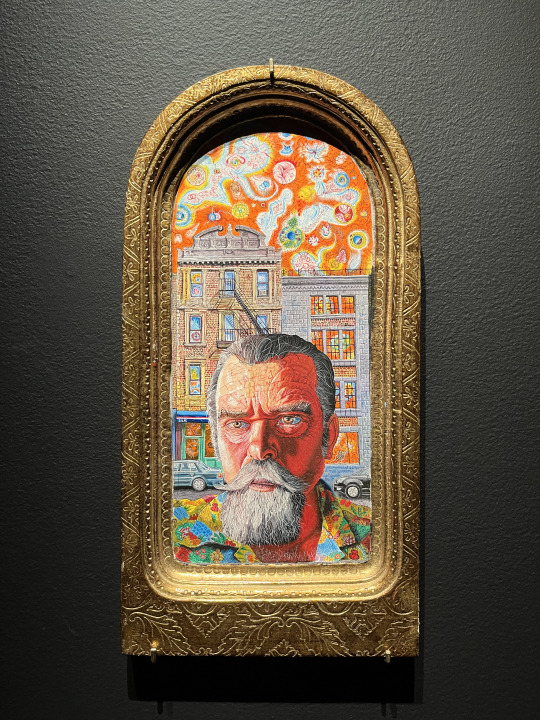
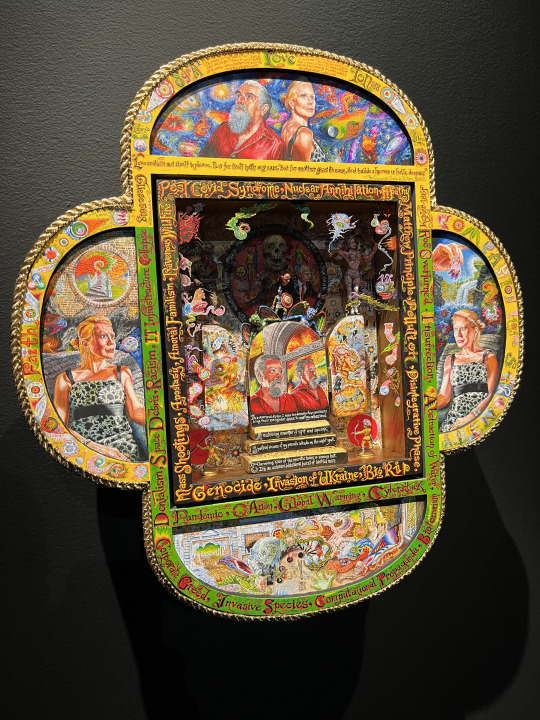
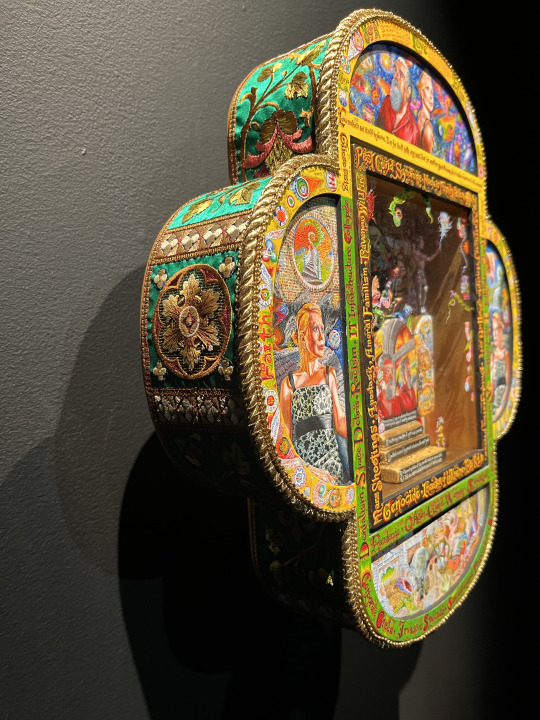
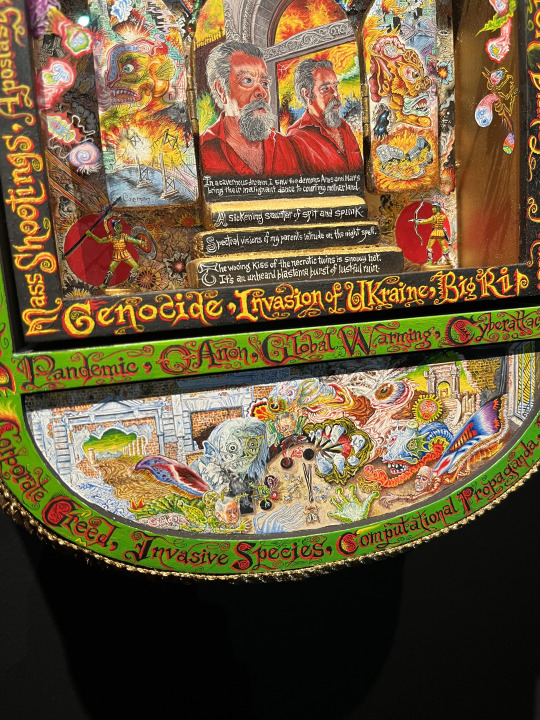
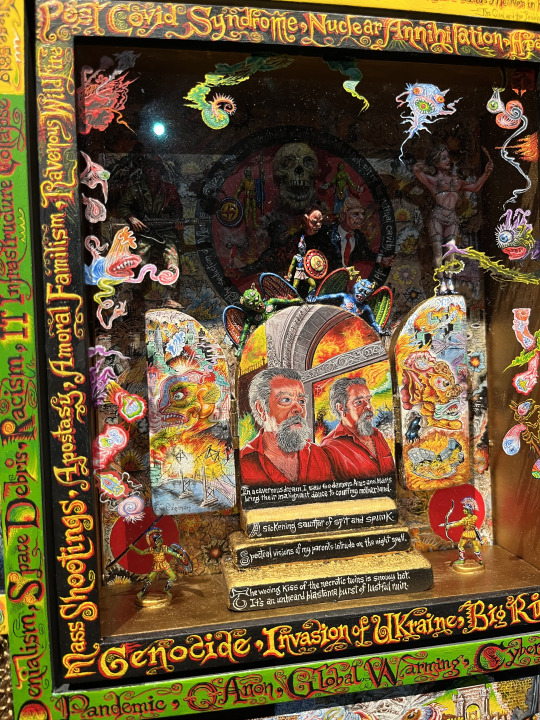

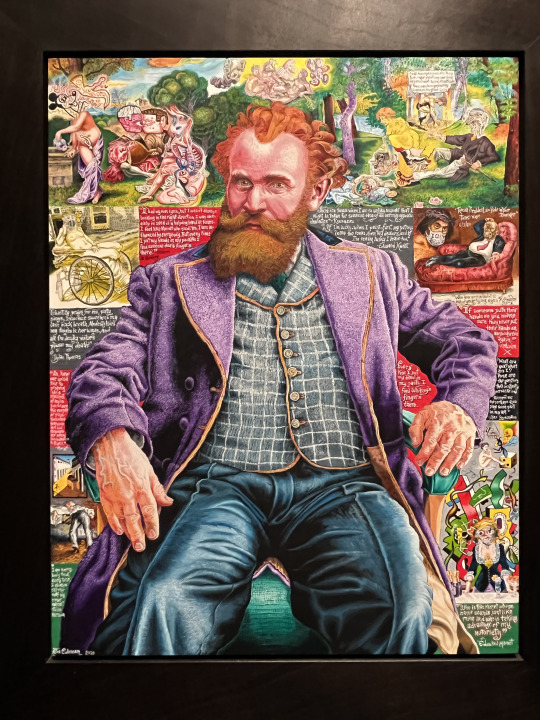


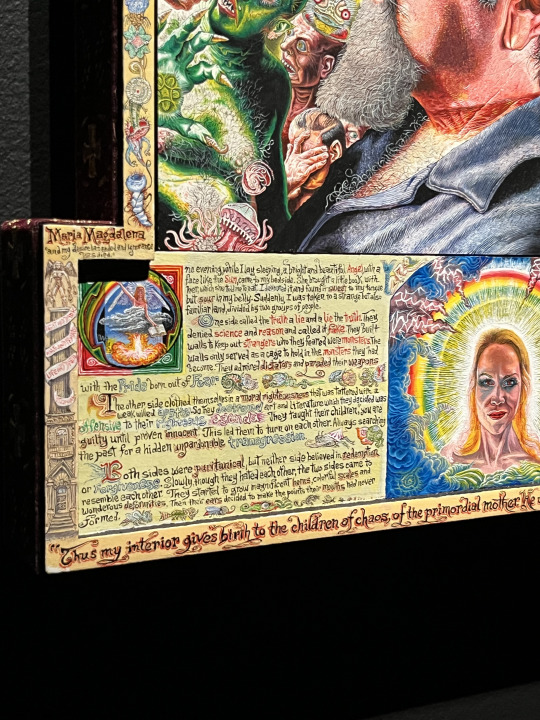

Joe Coleman's '100 seconds to midnight' show. Photos can't do justice to the mind-boggling amount of miniature detail and insane technique in this show. At Andrew Edlin Gallery in NYC.
39 notes
·
View notes
Photo

“Untitled,” n.d., by Winfred Rembert (1945-2021), due on carved and tooled leather, seen at the Andrew Edlin Gallery booth at the Outsider Art Fair. #art #outsiderart #winfredrembert #leather #andrewedlingallery #oafnewyork2023 (at Metropolitan Pavilion) https://www.instagram.com/p/CpYijFQL3zb/?igshid=NGJjMDIxMWI=
1 note
·
View note
Text
DARGER, HENRY

Henry Darger (nacido en Chicago en abril de 1892), un artista autodidacta, comenzó a trabajar en su obra magna, una obra épica de literatura repleta de dibujos, a la edad de 19 años.

Tornado I, II, III (3 works) , ca. 1958
watercolor, pencil and collage on paper
45 x 60 cm. (17.7 x 23.6 in.)

GENERAL THOMAS PHELAN TAMERLENE, GENERAL BLACK BROOKS, AND GENERAL ESTRABROOK STARRING , 1918
watercolor, carbon tracing and graphite on paperboard
29.8 x 34.9 cm. (11.7 x 13.7 in.)

Christmas seal girls , 1958
watercolor, pencil and postage stamps on paper laid on cardboard
30 x 56.5 cm. (11.8 x 22.2 in.)

Near Pandanoar, Vivian girls cornered and captured by Glandelinians while out swimming
Pencil and Watercolor
48.3 x 58.4 cm. (19 x 23 in.)
#Darger#d#HENRY#HENRY DARGER#contemporary artist#American Folk Art Museum#arte contemporáneo#Andrew Edlin Gallery#Museum of Modern Art#John Michael Kohler Arts Center#The Center for Intuitive and Outsider Art#Smart Museum of Art#contemporary art#art#MoMA
4 notes
·
View notes
Photo

Paulina Peavy - Untitled, circa 1980
53 notes
·
View notes
Photo


From The Archive Louis Zoellar Bickett
both leather and nails on wood
3 notes
·
View notes
Photo

Janet Sobel at Andrew Edlin Gallery
On her way to developing an abstract, dripped-paint style that influenced Jackson Pollock in the 1940s, New York artist Janet Sobel painted scenes inspired by the shtetls of her native Ukraine. Now on view at Andrew Edlin Gallery, a selection of Sobel’s work shows her flattening of space and merger of a flowery landscape, patterned skirt and floral headdress in a way that flirts with all-over abstraction. (On view on the Lower East Side through Feb 22nd). Janet Sobel, Untitled, gouache on board, 10.5 x 7.5 inches, c. 1943-48.
#janet sobel#andrew edlin#gallery#lower east side#self-taught#jackson pollock#drip#paint#painter#tour#art#ukraine
0 notes
Photo

Ray Materson (b. 1954) Tattoo, 2008 Sock threads 5.5 x 4 inches Courtesy Andrew Edlin Gallery
2 notes
·
View notes
Photo

"When I'm out there in the middle of the street beating some fucker with a chain I want all those people to see Road Vultures MC on my back."
Karen and I caught the last day of the WONDERFUL Spain Rodriguez exhibition at the Andrew Edlin Gallery in Manhattan yesterday. Photo by Karen. I'll be posting a few more of these soon.
6 notes
·
View notes
Photo

PEARL BLAUVELT /
Untitled (Strolling) 1940 Courtesy Andrew Edlin Gallery
40 notes
·
View notes
Text

A Melvin Way work from 1989.
Credit…Melvin Way Estate/ARS, New York, via Andrew Edlin Gallery, New York
1 note
·
View note
Photo










01.17.19 Ionel Talpazan, Karla Knight and Esther Pearl Watson in the show ‘April 14,1561′, a group exhibition of artists inspired by UFOs. At Andrew Edlin Gallery.
49 notes
·
View notes